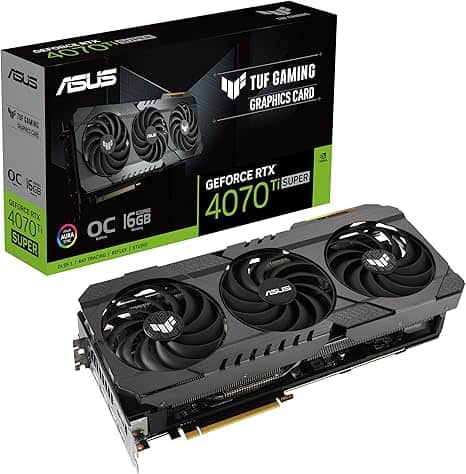
ASUS TUF Gaming GeForce RTX 4070 Ti Super
They might be very close in numbering, but the tech is quite different between these DLSS options
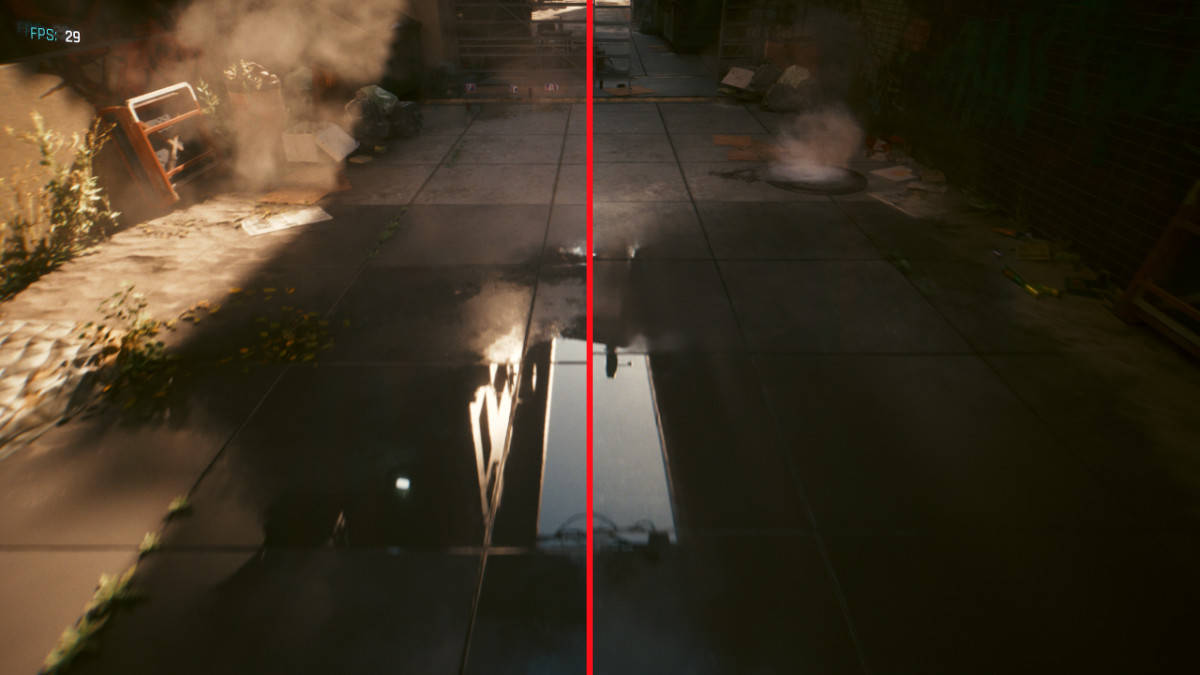
WePC is reader-supported. When you buy through links on our site, we may earn an affiliate commission. Prices subject to change. Learn more
Nvidia just keeps releasing more tech that has the ever more confusing buzzwords. It’s hard to distinguish what the actual differences are between all of them. So we try to find what the newest iteration has to provide with a look at DLSS 3.5 vs 3.0 and what frame generation and ray reconstruction mean.
DLSS 3.5 was announced at Gamescom as an upcoming tech to feature in Alan Wake 2, as seen in our Gamescon 2023 awards, along with being featured in the Cyberpunk 2.0 update released on the 21st of September. it utilizes AI hardware and software to enhance the ray tracing in the game. This reconstructs the lighting better than hand-tuned denoisers, improving the look of it.
DLSS 3 is frame generation, using the latest tech introduced in the Ada series of graphics cards. It interpolates the frame between frames and puts it in a new frame entirely to smoothen out the look of it and increase the frame rate.
The first big difference is the cards that can run these different upscaling technologies. With DLSS 3, you are limited to just the RTX 40 series cards, the best Nvidia GPUs around currently. They are needed as they have the technology in them required to work frame generation.
On the other hand, DLSS 3.5 is available to any RTX GPU as the previous iterations like DLSS 2.0 and before. That creates a weird matrix of support as seen below in a helpful image that Nvidia provides to help with understanding.
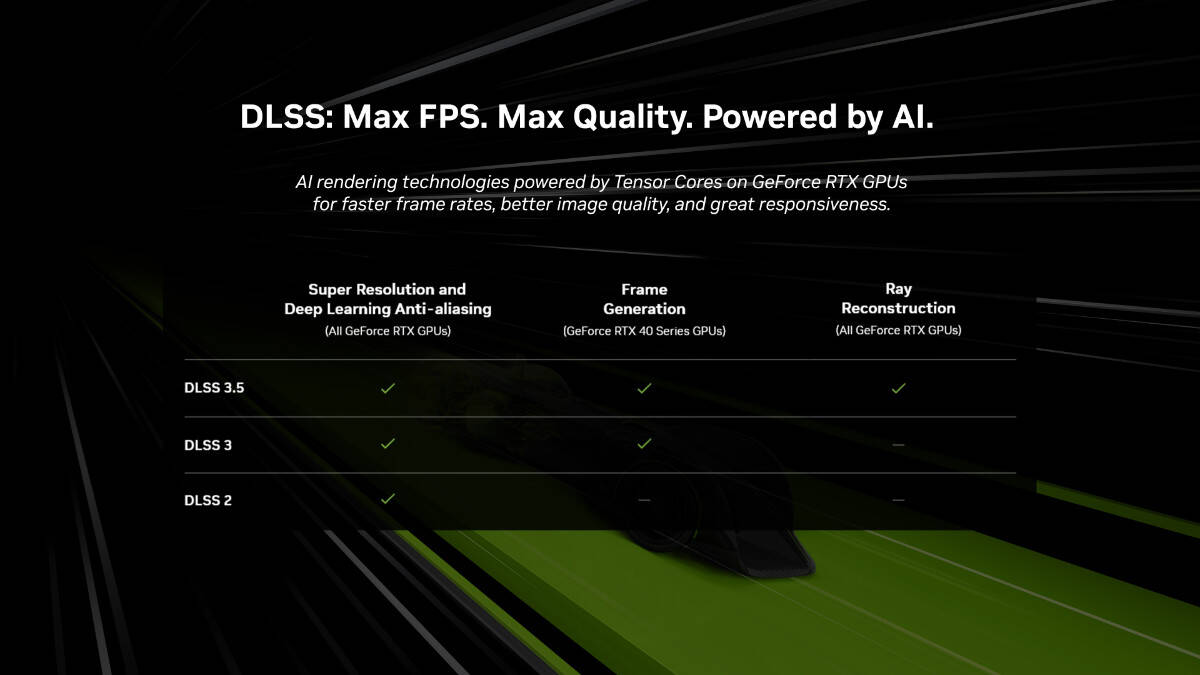
Now when it comes to performance and look, that is the true difference between them. It seems to be that the difference between 2.0 and 3.5 is the ray reconstruction when path tracing is enabled as part of ray tracing. As for it to be enabled you need to turn on DLSS, we tested the choices to see how they differ.

As you can see, at 1080p with ray tracing and path tracing (PT) you average around 15FPS, without the addition of PT you would have 34FPS instead so it is another intensive process to add on. So With just DLSS 3.5, you do get a lot of improvement. On auto the average jumps up to 39 instead, giving you a good boost of what you get. However, the use of 3.0 and frame generation boosts that to 61 instead, an even higher margin. if you have both active for frame gen and ray reconstruction it only bumps up to 65FPS.
So it gets the job done, if you have the hardware. As with an AMD GPU or Intel Arc card, you’re stuck with FSR or XeSS without all the fancy extras on top. But what does it mean for the look of the game? Promising a better look we see what that difference looks like.
The difference of DLSS 3.0 vs 3.5 does give some nicer lighting indeed. Although the compression and not the exact same frame comparison might make it harder to see it does offer up a fuller and even better look to what ray tracing provides.



ASUS TUF Gaming GeForce RTX 4070 Ti Super
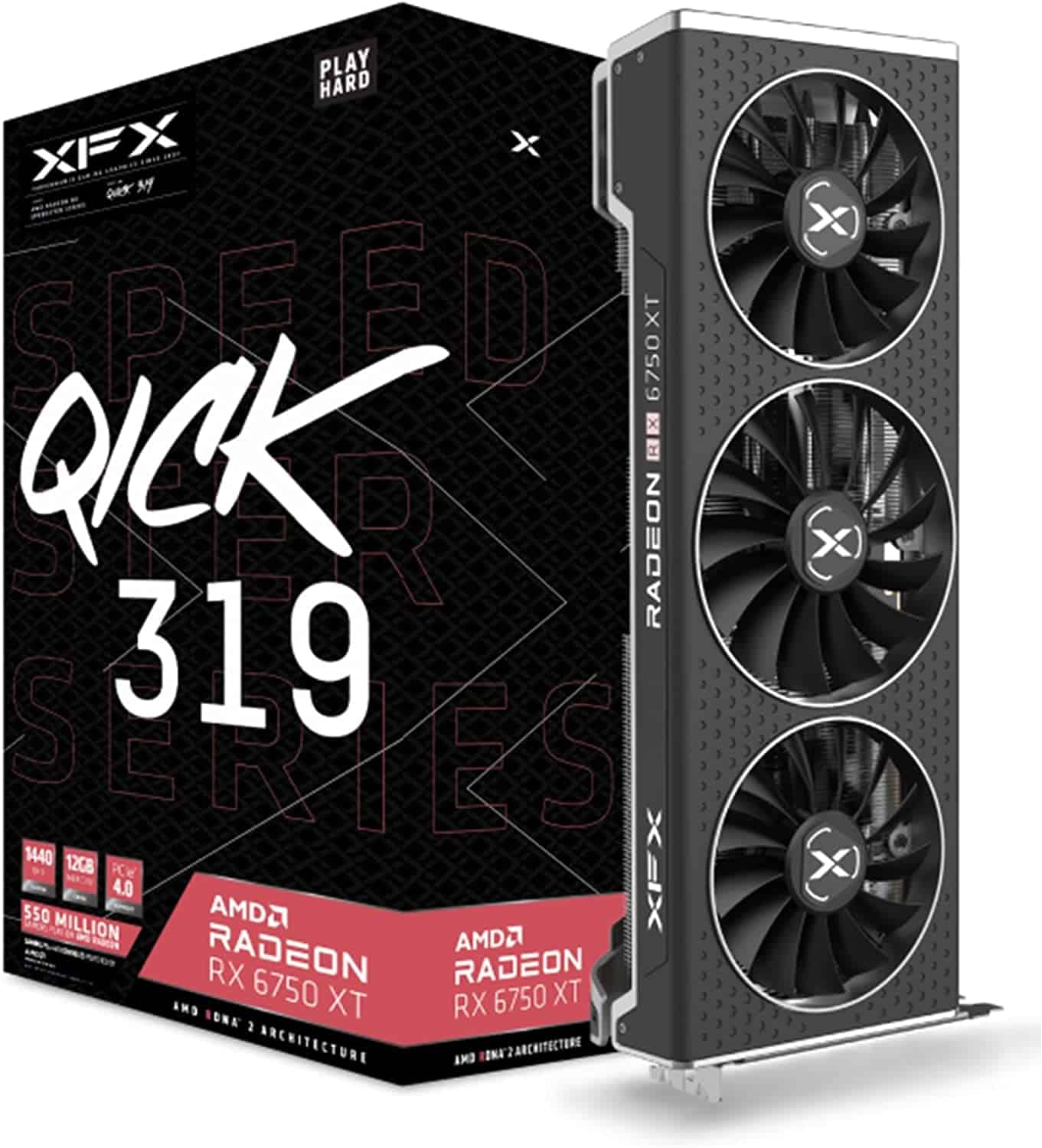
XFX Speedster QICK319 Radeon RX 6750XT CORE Gaming Graphics Card with 12GB GDDR6 HDMI 3xDP, AMD RDNA 2 RX-675XYJFDP
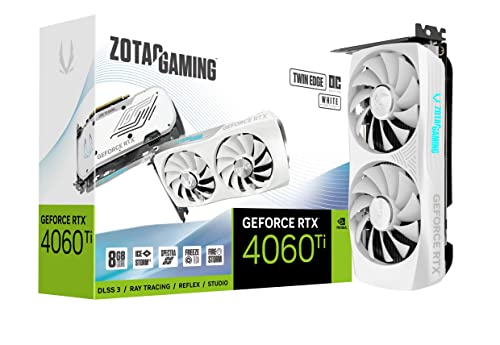
ZOTAC Gaming GeForce RTX 4060 Ti 8GB Twin Edge OC White Edition
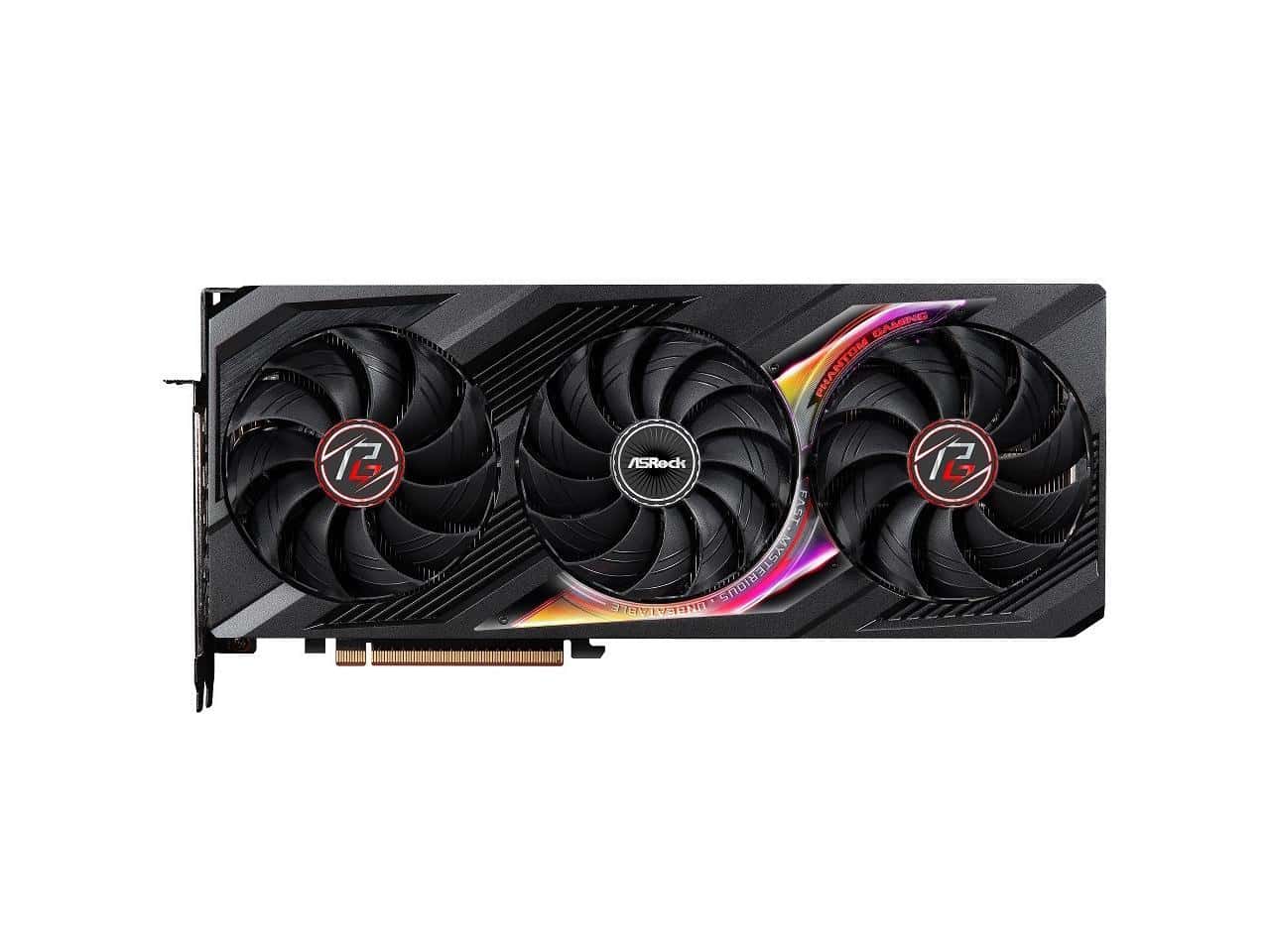
ASRock Phantom Gaming Radeon RX 7900 XTX
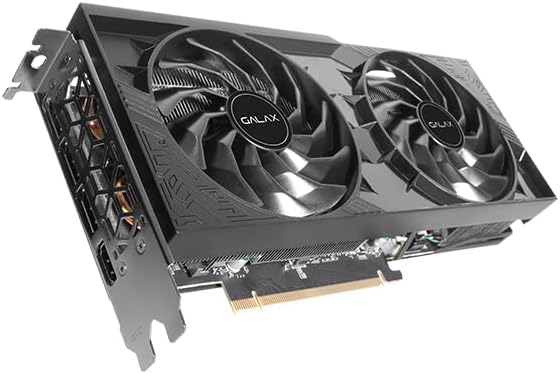
GALAX GeForce RTX 4070
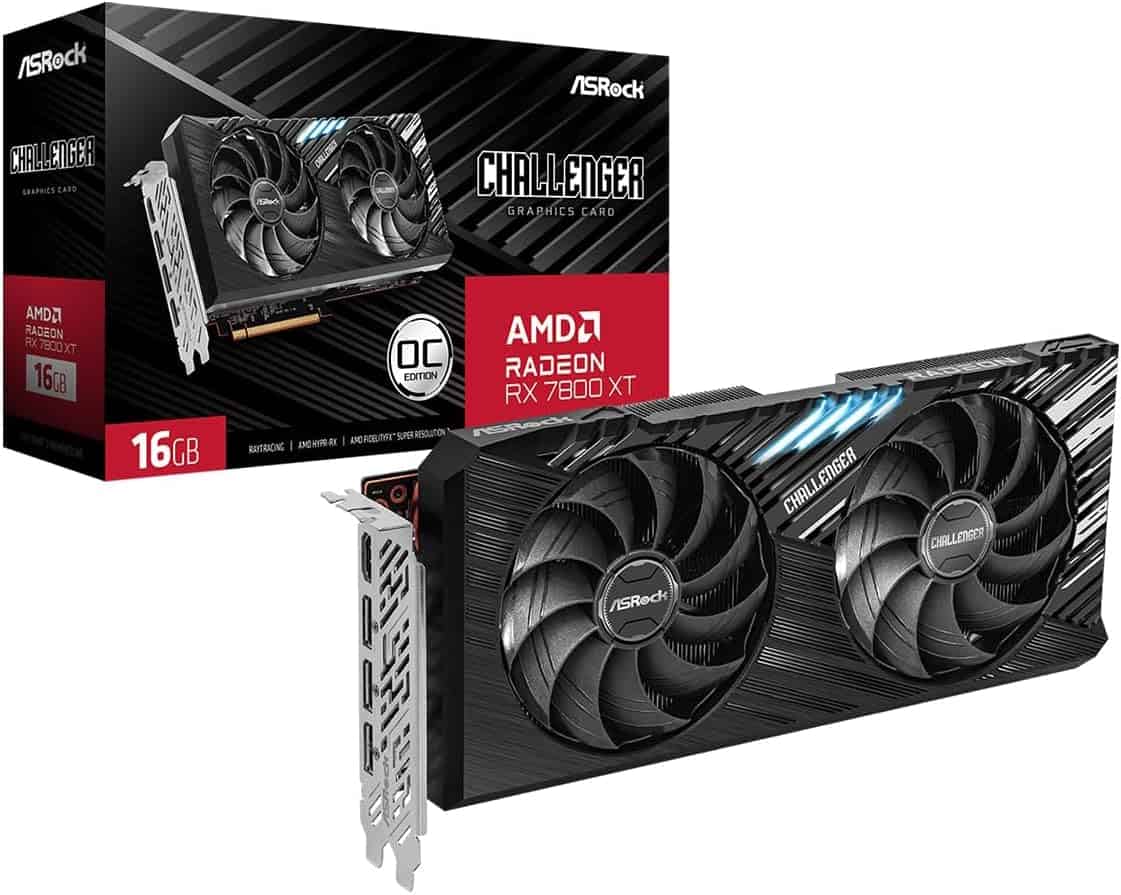
ASRock Challenger Radeon RX 7800 XT
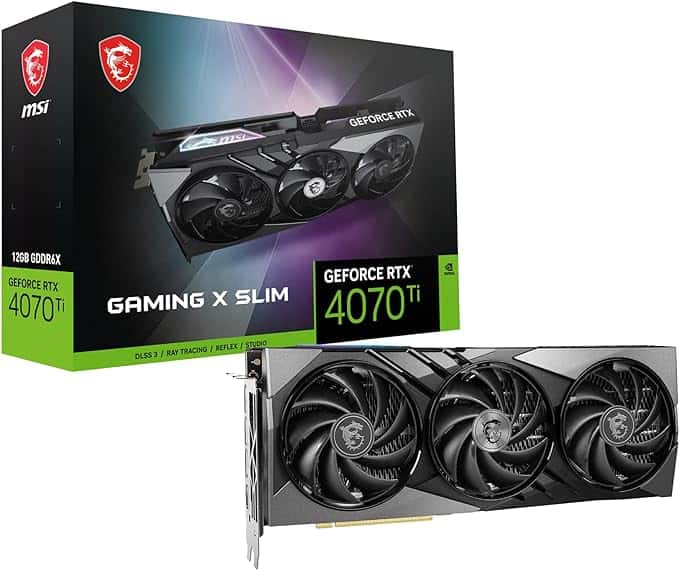
MSI Gaming RTX 4070 Ti X Slim 12GB
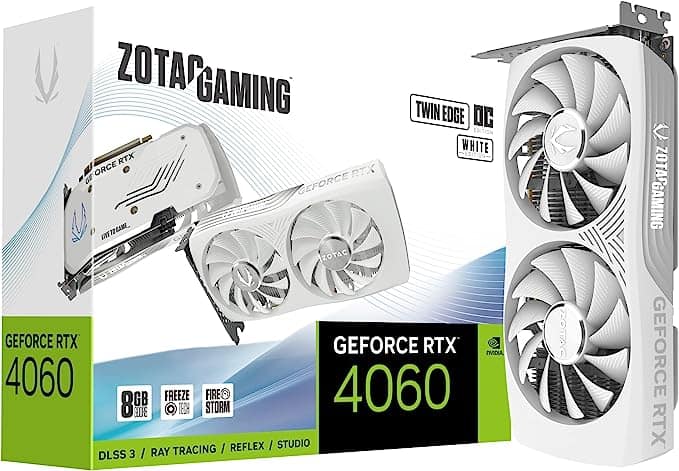
ZOTAC RTX 4060 Twin Edge OC White Edition
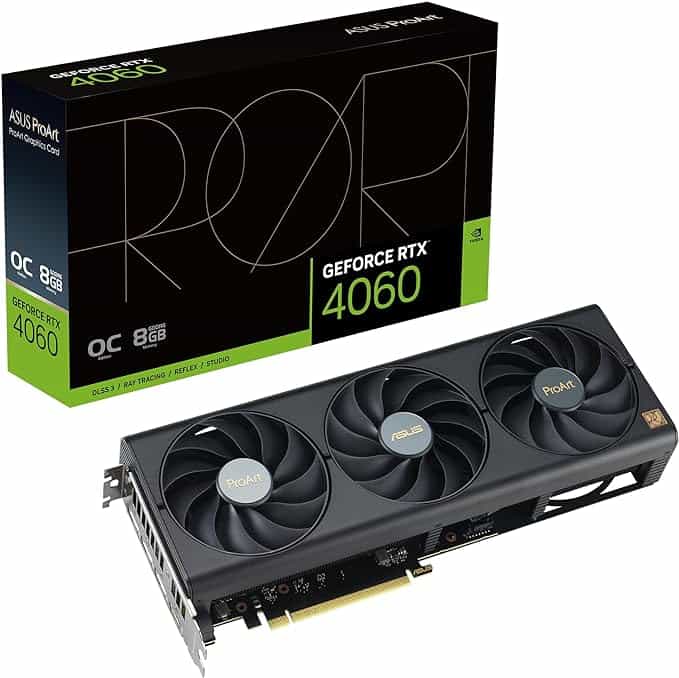
ASUS ProArt GeForce RTX 4060 OC Edition

ZOTAC GeForce RTX 4070 SUPER Twin Edge